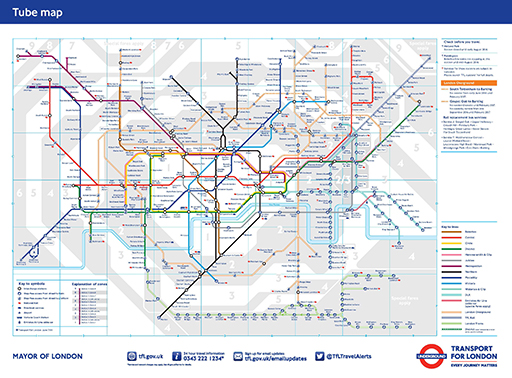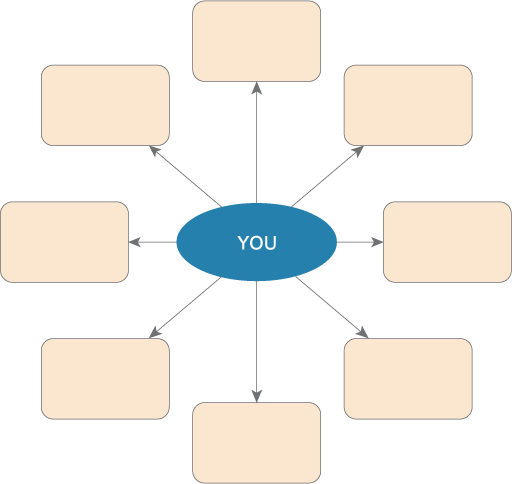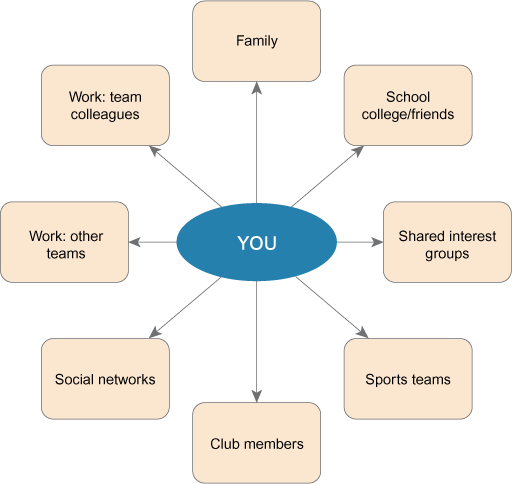1 What are networks?
When we talk about a network, what do we mean? It’s easy when referring to physical things – such as computers – that are connected and might communicate with each other, but in this context we are talking about people. Which of the following would you consider to be a network?
- A department in a company
- A five-a-side football team
- A reading group
- A group of conference delegates
- A family
- A research group in a university
Oxford Dictionaries defines a network simply as ‘a group or system of interconnected people or things’ (Oxford Dictionaries, 2016). So, by this definition, all the above are networks of some kind. This definition neatly reflects the sense of a network as a group of people who are connected in some way.
Networks are nothing new and, in essence, have existed almost since people could communicate. All human networks are basically social networks; think about the role of families, tribes and churches, and later, of guilds, clubs, societies, etc. It is only more recently that we have begun to identify their uses for business, career and personal development.
Activity 1 Mapping your network
Create a map of the various contexts in which you meet and interact with groups of people: work, social, interests, family, academic, etc. Try to be as specific as possible; there may be more than one group in your workplace, for example. The Toolkit [Tip: hold Ctrl and click a link to open it in a new tab. (Hide tip)] has a Mapping your network tool to help you with this activity. Alternatively, you can draw your network in your notebook if you prefer.
When you start to think about this, you will probably find that you already belong to more networks than you might have thought. Not all of these will be useful for work or career purposes, however, but you may not know this until you begin to look at them more closely.



